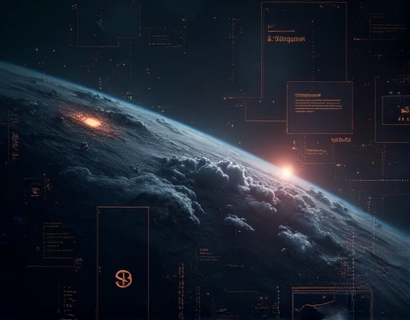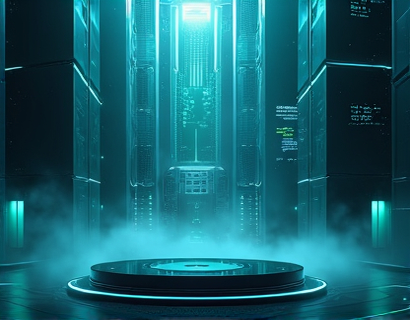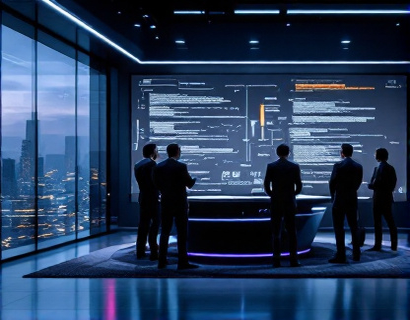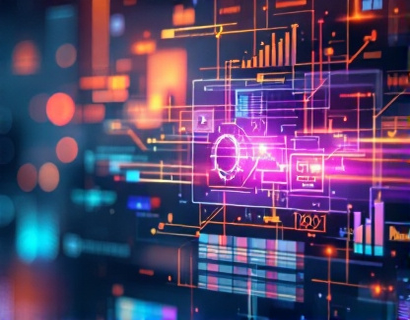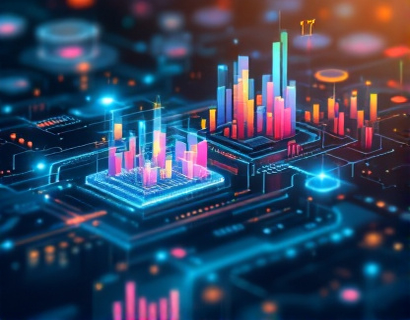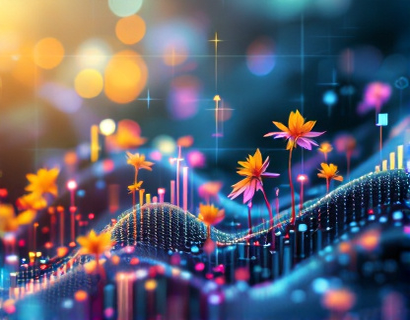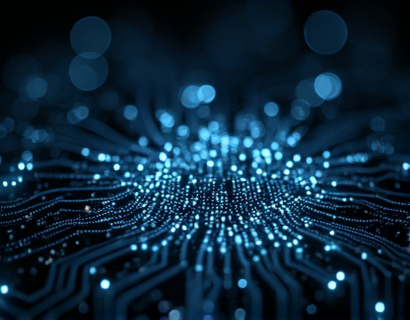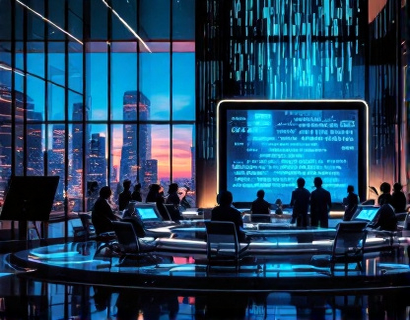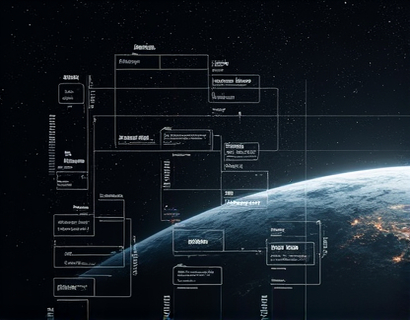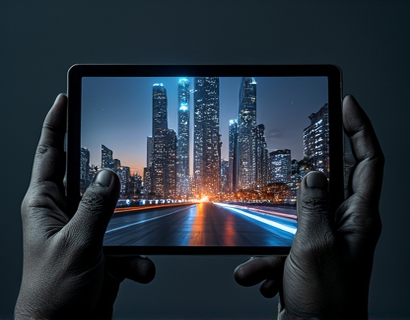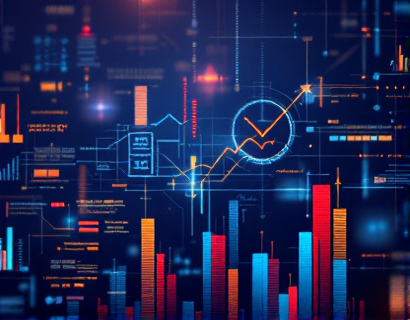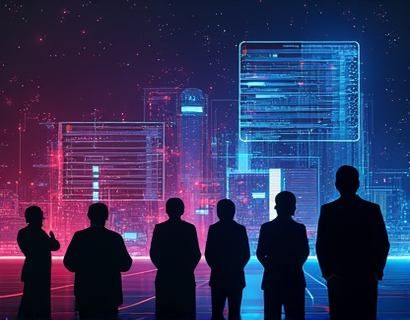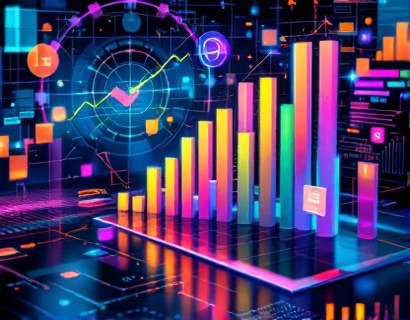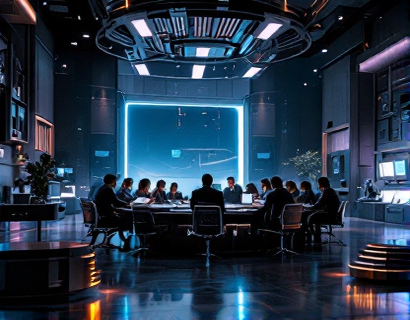Decentralized Productivity Boost: Leveraging AI and Crypto for Next-Gen App Solutions
The intersection of artificial intelligence and cryptocurrency is giving rise to a new era of productivity tools and applications. This fusion is not only transforming how tasks are managed and completed but also redefining the landscape of digital solutions. For tech enthusiasts, early adopters, and productivity-focused professionals, understanding this synergy is crucial. This article delves into how AI and cryptocurrency are converging to create decentralized app solutions that are set to revolutionize the way we work and interact in the digital realm.
The traditional centralized models of software development and application deployment are being challenged by decentralized technologies. Blockchain, the backbone of cryptocurrency, offers a secure, transparent, and tamper-proof way to manage data and transactions. When combined with AI, which excels in automating complex tasks and providing intelligent insights, the potential for innovation becomes immense. This article explores how these technologies are being harnessed to build next-generation applications that are more efficient, secure, and user-friendly.
Decentralized Applications: A New Paradigm
Decentralized applications, or dApps, operate on a blockchain network rather than a centralized server. This shift has profound implications for productivity tools. One of the primary advantages of dApps is their resilience and reliability. Since there is no single point of failure, these applications can operate seamlessly even in the event of network issues or attacks. For users relying on productivity tools, this means uninterrupted access and consistent performance, which is critical in fast-paced professional environments.
Moreover, dApps enhance data ownership and privacy. In a centralized model, user data is often stored on servers controlled by the company providing the service. This centralization poses significant risks, including data breaches and unauthorized access. Decentralized applications, on the other hand, allow users to maintain control over their data. Blockchain technology ensures that data is encrypted and distributed across a network of nodes, making it extremely difficult for unauthorized parties to access or manipulate it.
AI in Decentralized Productivity Tools
AI plays a pivotal role in enhancing the functionality and user experience of decentralized applications. Machine learning algorithms can analyze vast amounts of data to identify patterns, predict trends, and automate repetitive tasks. In the context of productivity tools, AI can streamline workflows, provide intelligent recommendations, and even perform complex analyses with minimal human intervention. This not only boosts efficiency but also allows professionals to focus on higher-value tasks that require human creativity and critical thinking.
For instance, AI-powered virtual assistants integrated into decentralized productivity platforms can manage schedules, prioritize tasks, and even draft emails or reports. These assistants learn from user behavior and preferences over time, becoming more personalized and effective. The decentralized nature of these assistants ensures that user data remains secure and private, as it is not stored in a central database but rather processed on the blockchain network.
Smart Contracts: Automating Workflows
Smart contracts are self-executing contracts with the terms of the agreement directly written into code. They automatically enforce and execute the terms when predefined conditions are met. In the realm of productivity, smart contracts can automate a wide range of tasks, from project management to financial transactions. For example, a smart contract can be programmed to release payment to a freelancer once the delivered work meets certain quality criteria, verified by AI-driven assessment tools.
This automation reduces the need for intermediaries, speeds up processes, and minimizes the risk of disputes. In a decentralized environment, smart contracts ensure transparency and trust, as all parties can verify the execution of the contract in real-time. This level of automation and trust is particularly valuable for businesses and professionals who frequently collaborate across borders and time zones.
Enhanced Security and Trust
Security is a paramount concern in any digital solution, and the combination of AI and blockchain addresses many of the traditional security challenges. Blockchain's inherent security features, such as cryptographic hashing and consensus mechanisms, make it extremely difficult for malicious actors to alter or tamper with data. AI further enhances security by detecting and mitigating threats in real-time. Machine learning algorithms can identify unusual patterns or behaviors that may indicate a security breach, allowing for prompt action to be taken.
Trust is another critical aspect where this technology combination excels. Decentralized platforms eliminate the need for intermediaries, reducing the risk of fraud and corruption. Users can verify transactions and interactions directly on the blockchain, ensuring that all actions are transparent and auditable. This level of transparency builds trust among users, fostering a more collaborative and reliable digital ecosystem.
User Experience and Accessibility
The integration of AI and blockchain in productivity tools also significantly improves user experience. AI-driven interfaces can adapt to individual user preferences, providing a more intuitive and personalized experience. For example, AI can optimize the layout of a productivity dashboard based on the user's most frequently used tools and tasks, reducing the time needed to navigate and complete tasks.
Accessibility is another area where these technologies shine. Decentralized applications can be designed to be accessible across various devices and platforms, ensuring that users can access their tools and data from anywhere in the world. AI can also assist in making these tools more accessible to users with disabilities, through features like voice commands, text-to-speech, and other assistive technologies.
Challenges and Considerations
While the potential of AI and blockchain in productivity tools is vast, there are several challenges and considerations to keep in mind. One of the primary challenges is the technical complexity involved in developing and maintaining decentralized applications. Developers need a deep understanding of both AI and blockchain technologies to create robust and secure solutions. This requires a skilled workforce and significant investment in research and development.
Another consideration is the scalability of these applications. Blockchain networks, particularly those using proof-of-work consensus mechanisms, can face scalability issues due to limited transaction throughput. However, newer consensus algorithms and layer 2 solutions are addressing these concerns, making decentralized applications more viable for large-scale use cases.
Regulatory challenges also play a role. As decentralized technologies disrupt traditional industries, they attract the attention of regulators. Ensuring compliance with existing laws and regulations while advocating for a favorable regulatory environment is essential for the widespread adoption of these technologies.
Future Outlook
The future of productivity tools lies in the continued convergence of AI and blockchain. As these technologies mature, we can expect to see more sophisticated and user-friendly decentralized applications. The integration of additional technologies, such as the Internet of Things (IoT) and 5G, will further enhance the capabilities of these tools, creating a more interconnected and efficient digital world.
For tech professionals and early adopters, staying informed about these developments is crucial. Embracing decentralized productivity solutions can provide a competitive edge, enabling faster, more secure, and more reliable work processes. As the digital landscape evolves, those who adapt to these innovations will be well-positioned to thrive in the next generation of productivity and collaboration tools.




